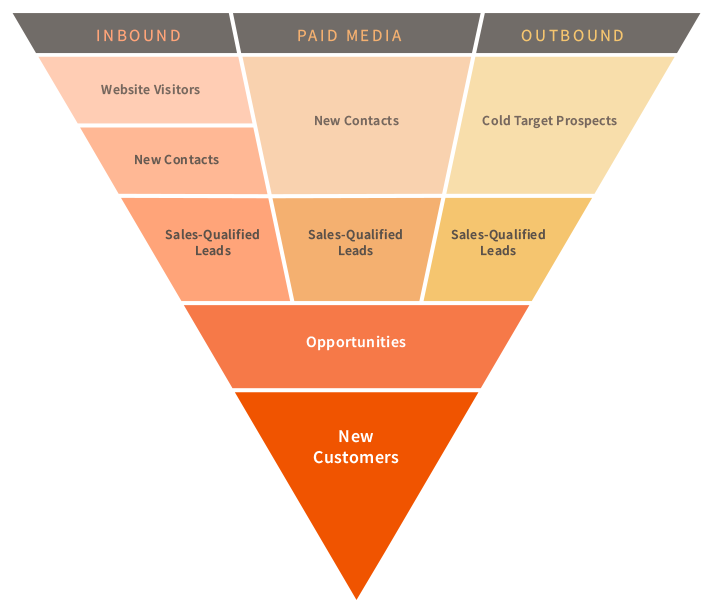BFN Lab: Insights and Innovations
Explore the latest trends and insights in technology, science, and innovation at BFN Lab.
Crafting Player Acquisition Funnels: From Strangers to Superfans
Unlock the secrets to transforming casual players into devoted fans with our ultimate guide to player acquisition funnels!
Understanding the Player Journey: How to Convert Strangers into Superfans
Understanding the player journey is essential for any game developer or marketer looking to convert strangers into superfans. The journey typically starts when a player first encounters your game, whether through social media, word-of-mouth, or advertisements. At this stage, it’s vital to make a strong impression by delivering engaging content that resonates with potential players. Utilize SEO strategies to optimize your blog posts, ensuring they rank well in search engines and attract the right audience. By presenting compelling narratives and showcasing unique game mechanics, you can pique their interest and inspire them to learn more about your game.
Once players engage with your content, it's crucial to guide them through the next stages of the player journey. This involves providing valuable resources, such as tutorials, behind-the-scenes insights, and community engagement opportunities. Consider creating an email marketing campaign that nurtures these relationships by sending personalized content based on their interests. As players progress through their journey, make sure to foster a sense of belonging by encouraging them to share their experiences on social media and participate in forums. This helps in cultivating a community of superfans who are not only loyal to your game but also eager to advocate for it.

Counter-Strike is a popular team-based first-person shooter that emphasizes strategy, teamwork, and skill. Players can engage in various game modes, including bomb defusal and hostage rescue. Many players look for advantages in the game, such as using a shuffle promo code to enhance their gaming experience through unique in-game items or currency. The competitive scene has also significantly evolved, making it a staple in esports.
Key Elements of an Effective Player Acquisition Funnel
The player acquisition funnel is a critical framework for game developers seeking to attract and retain players. To build an effective funnel, it's essential to identify the key stages: awareness, consideration, and conversion. At the awareness stage, marketing efforts should focus on promoting the game through various channels, including social media, influencers, and paid advertising. Once players are aware, they enter the consideration stage, where they evaluate the game against competitors. Providing compelling content such as trailers, reviews, and gameplay demos can dramatically influence their decision-making process.
In the conversion stage, the focus shifts to turning interested players into active participants. This can be achieved by optimizing the onboarding process, offering incentives like free trials or special promotions, and utilizing retargeting ads to remind potential players about the game. It's also vital to analyze metrics at each step of the player acquisition funnel to identify bottlenecks and improve strategies continually. By addressing these elements, developers can create a seamless journey that attracts and engages players effectively.
Top Strategies for Nurturing Engagement in Player Acquisition
Engaging potential players starts with understanding your target audience. One of the top strategies for nurturing engagement in player acquisition is to implement personalized marketing campaigns. Utilizing data analytics to segment your audience allows you to tailor your messaging to resonate with different player demographics. According to research, personalized content can boost engagement rates by up to 80%. Additionally, using interactive elements in your campaigns, such as quizzes or polls, can greatly enhance user interaction and excitement about your games.
Another effective strategy is to build a vibrant community around your game. Foster platforms where players can connect, share experiences, and provide feedback. This not only enhances player retention but also encourages new players to join in the conversation. You can achieve this by leveraging social media channels, creating forums, or even hosting live events. Additionally, consider implementing referral programs that reward existing players for introducing friends, as this generates a sense of involvement and can significantly increase your player acquisition efforts.